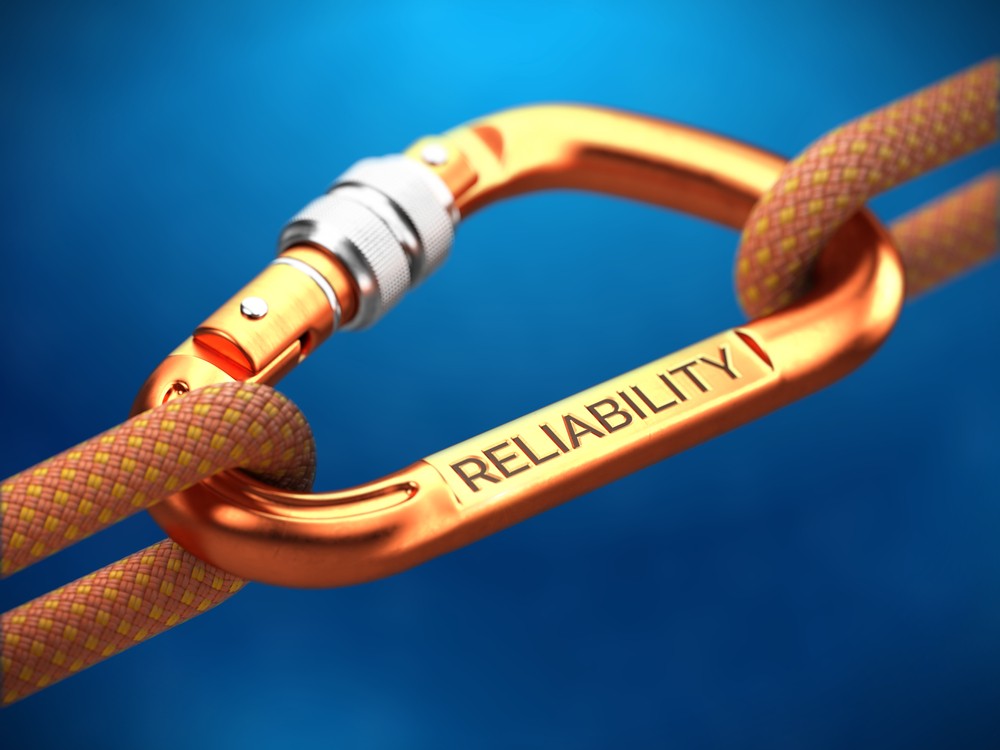The Benefits of Reliability-Centered Maintenance (RCM)

Preventive maintenance should always be a key priority for manufacturers. In the age of the industrial Internet of Things (IIoT), it’s easier than ever to preempt issues with equipment and understand root causes behind problems. The result is a more informed approach to reliability-centered maintenance (RCM) — and a better understanding of when, how, and why to service equipment.
Understanding reliability-centered maintenance
Preventive maintenance strategies come in all shapes and sizes. RCM is one approach to maintenance planning that focuses on optimizing equipment reliability and performance. It takes a systematic look at equipment, analyzes potential failure modes, and recommends specific maintenance tasks based on the severity of those failures.
Beyond following a servicing schedule or waiting for a single key indicator, the RCM analysis process typically involves seven key steps:
- Identify the intended functions of equipment and their contribution to production.
- Analyze how the equipment could fail to perform its intended functions.
- Evaluate the consequences of each failure mode (production, safety, etc.).
- Determine the root causes that could lead to each failure mode.
- Define tasks to prevent or detect failures before they occur.
- Specify lubrication requirements to minimize wear and tear.
- Develop a plan to address failures that cannot be prevented.

The benefits of RCM
Because RCM is an insights-driven approach to preventive maintenance, technicians are urged to quantify and qualify both the problem and the solution. As a result, RCM offers significant advantages when it comes to prioritizing maintenance tasks:
- Cost-effectiveness: By identifying critical equipment and understanding their failure modes, technicians can eliminate unnecessary preventive tasks that don’t provide real value. This allows them to optimize resources and allocate them toward activities with the most significant impact on reliability.
- Better equipment performance: The core principle of RCM is to prevent equipment failures before they happen. By identifying and addressing potential failure modes proactively, RCM helps manufacturers maximize equipment uptime and overall production efficiency. This translates to fewer breakdowns, less rework, and a smoother production flow.
- Enhanced safety: RCM doesn’t just focus on equipment performance; it also prioritizes safety. The analysis process helps identify potential safety hazards associated with equipment failures. By implementing appropriate preventive measures and inspections, RCM can significantly reduce the risk of accidents and injuries in the workplace.
RCM in action
If a factory relies on a robotic arm to assemble products, RCM analysis might identify a malfunctioning gripper as a critical failure mode. This could lead to production delays and potentially damaged products. RCM would then recommend preventive maintenance tasks like regular inspection and cleaning to prevent such failures.
Put reliability at the center of your maintenance strategy
RCM offers a powerful approach to optimizing preventive maintenance strategies. While initial implementation might require some investment, the long-term benefits outweigh the costs. By prioritizing maintenance tasks based on equipment criticality, RCM helps manufacturers achieve improved equipment performance, reduced costs, and a safer work environment.
Consider exploring how RCM can transform your maintenance practices and give your business a competitive edge. With IIoT, it’s easier and more affordable to take a proactive approach.